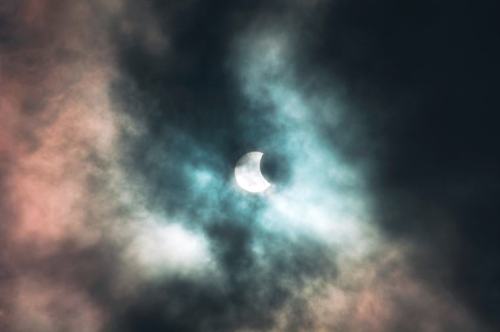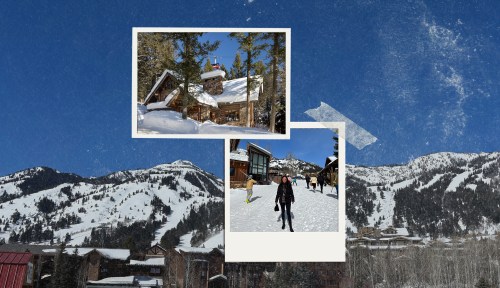If you haven’t already done so, clear your schedule for August 21, because for the first time in nearly 40 years, a total solar eclipse will be viewable from the US. And because it’s such a rare occurrence, there are some ways you might want to prepare yourself, so you can experience the astrological phenomenon in all its glory.
Keep reading for 5 need-to-know total solar eclipse facts.
1. What even is a total solar eclipse?
Okay, first thing’s first: What is this thing and why do we care? A total solar eclipse takes place when the moon passes between the sun and the Earth in perfect alignment, blocking out the light of the sun in the process. Because of this, you’ll see the corona (the upper atmosphere of the sun, not the sun-colored beach brew), which looks like a bright, glowing halo.
2. It signifies change
Eclipses were once a sign that something bad was going to happen—but don’t worry; ancient astrology is ancient history. Today, astrologers say the events can be a way to do some life cleanup, releasing things that you don’t need. Because astrologers also believe eclipses impact the places over which they take place, this solar powerhouse in particular is predicted have an effect on the US—and maybe even in politics.
3. They happen more often than you think
Surprisingly, total solar eclipses actually occur about once every 18 months, but there hasn’t been one that’s viewable from the US since 1979. Even more exciting, this marks the first time in 99 years for one that can be seen across the country, from coast to coast.
4. You can only see the full solar eclipse in certain areas
If you’re in the continental 48 states, you’ll see some form of the eclipse—just not the entire shebang. The path of the event cuts across the country diagonally from Oregon (starting at 10:15 a.m. PST) to South Carolina (finishing at 2:49 p.m. EST), so those on the direct path will see the eclipse in its entirety. The rest of the country, however, will get to see a portion of it—but it’ll still be as magical as unicorn food recipes. Just be sure to check when to set your alarm for the right time to peep it in your area.
5. You need to protect your eyes
Because we’re dealing with a total solar eclipse, it’s crucial to keep your eyes safe from extreme light exposure until the brief moment it reaches totality—and not just by wearing your regular sunglasses, says NASA. To enjoy the eclipse and protect your peepers, you’ll need a pair of specially made glasses that effectively block out the rays. The American Astronomical Society listed approved vendors for shades that meet their safety standards—order yours stat so they’ll arrive in time for the big show in the sky later this month.
Vacationing to see the total solar eclipse? Here’s a cheat sheet for healthy gas station snacks and trainer-approved fitness plans to use while traveling.
Sign Up for Our Daily Newsletter
Get all the latest in wellness, trends, food, fitness, beauty, and more delivered right to your inbox.
Got it, you've been added to our email list.







